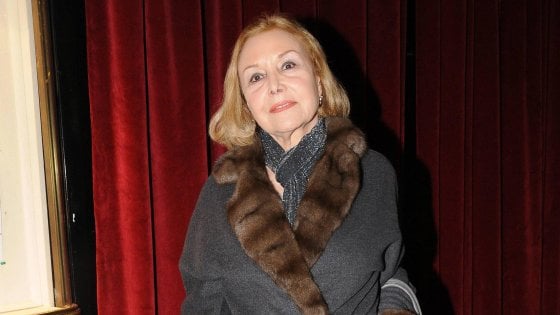Giuliana Fiastri might not be a household name, but her presence in the life of Italian film producer Carlo Ponti is significant. Married to Ponti in 1946, Fiastri’s relationship with him marked an era of legal and personal challenges due to the complexities of Italian divorce laws at the time. However, what exactly defines Fiastri’s contribution to Ponti’s life? And how did societal norms shape her role? Understanding this helps us grasp her presence in a key period of Italian socio-cultural history, especially in relation to marriage and divorce.
Marriage to Carlo Ponti
Giuliana Fiastri’s marriage to Carlo Ponti began on March 30, 1946. Together, they navigated life as a family, having two children who further solidified their bond. During this period, Ponti was establishing himself as a prominent figure in the Italian film industry.
Despite their domestic life, the marriage wasn’t immune to challenges. Their union ended in 1957, a stage dominated by Ponti’s passion for actress Sophia Loren. It is crucial to note the social context of this era, when divorce was largely unrecognized in Italy, setting the stage for their later legal battles. The love that once fueled their partnership became submerged under legal challenges.
Challenges in Divorce
Fiastri and Ponti’s desire to part ways ran straight into the wall of Italian divorce laws of the 1950s. The legal system in Italy did not acknowledge divorce, complicating their path to formal separation. Ponti, meanwhile, was eyeing a future with Sophia Loren, but Italian laws held him back.
When the couple attempted a workaround by securing a divorce in Mexico, it was not recognized by Italian authorities. This legal deadlock exemplifies how personal lives were often constrained by the rigid frameworks of law and tradition in post-war Italy, pushing the trio to seek unconventional solutions.
Move to France for Legal Divorce
The search for a legal resolution was not easy; it required relocation. In 1962, all three Fiastri, Ponti, and Loren moved to France to obtain a legal divorce. France’s legal framework provided the solution they needed, allowing them to move forward.
It took years of maneuvering and making difficult decisions to reach this point. The move underscores the lengths to which individuals went to achieve personal happiness, even when it meant uprooting their lives. This decision symbolized a pivotal moment not just for Fiastri, but also for Ponti and Loren, clearing the way for a legally recognized future.
Impact on Carlo Ponti’s Marital History
Giuliana Fiastri’s divorce was a turning point in Carlo Ponti’s marital life. Through her involvement, she enabled Ponti to legally marry Sophia Loren in 1966. This was more than a personal victory; it challenged existing Italian legal frameworks, contributing indirectly to discussions on marriage and divorce laws in Italy.
For Fiastri, the process offered her an opportunity to step back, as her role in Ponti’s life shifted from wife to the mother of his children and a figure navigating the periphery of a high-profile marriage. Her decision helped shape Ponti’s personal life and highlighted the struggles with outdated laws.
Legacy and Public Perception
The public’s understanding of Giuliana Fiastri is largely limited to her relationship with Carlo Ponti. Beyond mothering his first two children and managing legal battles, little is known about her personal pursuits. This lack of information might prompt us to question the privacy and recognition of women who stood in the shadows of prominent men.
Fiastri’s significance lies in being a part of a larger story about gender roles and legal struggles in mid-20th-century Italy. Her legacy, while predominantly legal and familial, reflects the broader culture of the era and continues to prompt reflection on issues of representation and recognition.
Conclusion
Giuliana Fiastri played an instrumental role in the life of Carlo Ponti, especially in the context of his legal marital history. Her patience and involvement were crucial in navigating the legal challenges that ultimately allowed Ponti to marry Sophia Loren. The legal battles Fiastri faced provide insight into the cultural and social norms of the time, forcing us to question the balance between personal happiness and societal expectations. Her story encourages dialogue about the evolution of legal practices and societal views. To delve deeper into how the legal framework affects personal lives, consider exploring resources that discuss modern legal perspectives on relationships, such as this article.
By reflecting on Fiastri’s role in history, we gain perspective on how her contributions went beyond personal struggles to impact broader societal changes. Understanding her story educates us on the complexities of love, law, and the pursuit of personal freedom during a transformative period in European history.
Also Read:


